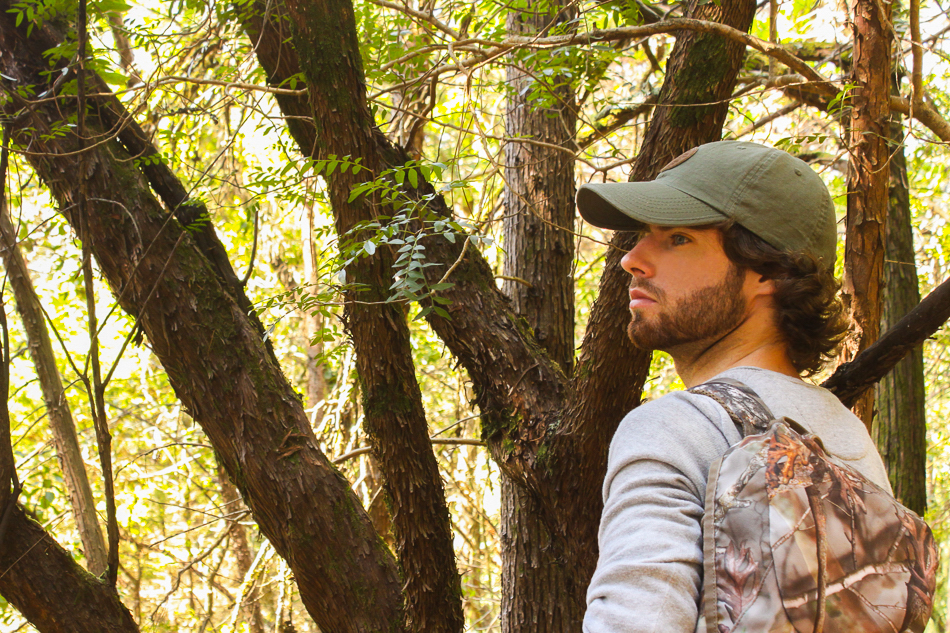In a small native forest near Coimbra, Portugal, lives a family of genets. For a year, the biology student and nature photographer Manuel Malva accompanied these nimble carnivores.
The common genet (Genetta genetta) is one of the most abundant carnivorous mammals in Portugal. It has a slender snout, a long tail with black rings, and a grey fur with dark spots. It can weigh three kilos and reach 90 centimetres long, with the tail.
It is famous for its agility, being an excellent climber. But it is not the easiest animal to spot.
Still, a family of genets was followed for a year by Manuel Malva, a 22 year old student of Biology at the University of Coimbra. He has been photographing nature since the age of seven, “encouraged by my parents and grandparents, who have always had a connection to the countryside and a high sensitivity to animals and nature.”
This naturalistic photography project began when Manuel Malva acquired a trap cam. “Then I began to explore the activity of mammals in the forests around my house, in a small native forest surrounded by roads and buildings”, he told Wilder. “The genets were the first animals to appear.” And it was a “great surprise,” he acknowledged. “I did not even suspect there were any genets nearby.”
The portrait of these animals is the result of 365 nights of photo-trapping and was presented last year at the Ambiente Imagens Dispersas – 13th Meeting of Photography City of Ovar.(City of Ovar 13th Meeting Photography.)
Almost every day, Manuel Malva visited the place to “make adjustments and maintenance of the material”. “All the images are the result of a monitoring work through a trap cam; then I used photographic trapping equipment with motion sensor, dslr and flash, which allowed me to obtain all the final images,” he added.
The protagonists of this story are two pairs of genets, observed from a single place of that forest of oaks, laurel and strawberry trees on the outskirts of the city of Coimbra.
Despite being a predominantly nocturnal animal, Manuel Malva also managed to record its activity in broad daylight.
“While I was doing this methodical and prolonged work I became aware of some particularities of the behaviour of the genets,” Manuel Malva told. This naturalist emphasizes the extremely developed climbing ability of these animals. “They move with great agility through the tops of the trees, which greatly facilitates their movement in areas of very dense under wood.”
Also he got to know more about these carnivores. “Their diet is made up of meat for most of the year, but in autumn they consume plenty of fruit, figs in particular.”
And in summer, one of the females had two cubs, something that did not go unnoticed in this work.
“The biggest surprise I had when following this species was to have realized that they come near the houses in the dead of the night, having noticed their presence in the garden and patio of my house,” he said. “Its extremely stealthy and discreet habits make it appear to be an absent or very rare species, but in the area where I regularly photograph I found out they are the most common and well-distributed medium size carnivore.”
Along with the Biology study at the University of Coimbra, Manuel Malva does not neglect the knowledge and discovery of the natural world. “One of my next projects has to do with the problem of running over wild animals, particularly these kind of carnivores, which includes the genet,” he said. This is a work that will be completed soon.
[divider type=”thick”]Know more.
Get to know Manuel Malva’s work here.
Learn more about the mammals of our country through the Atlas of the Mammals of Portugal and find out how you can help to complete it.











